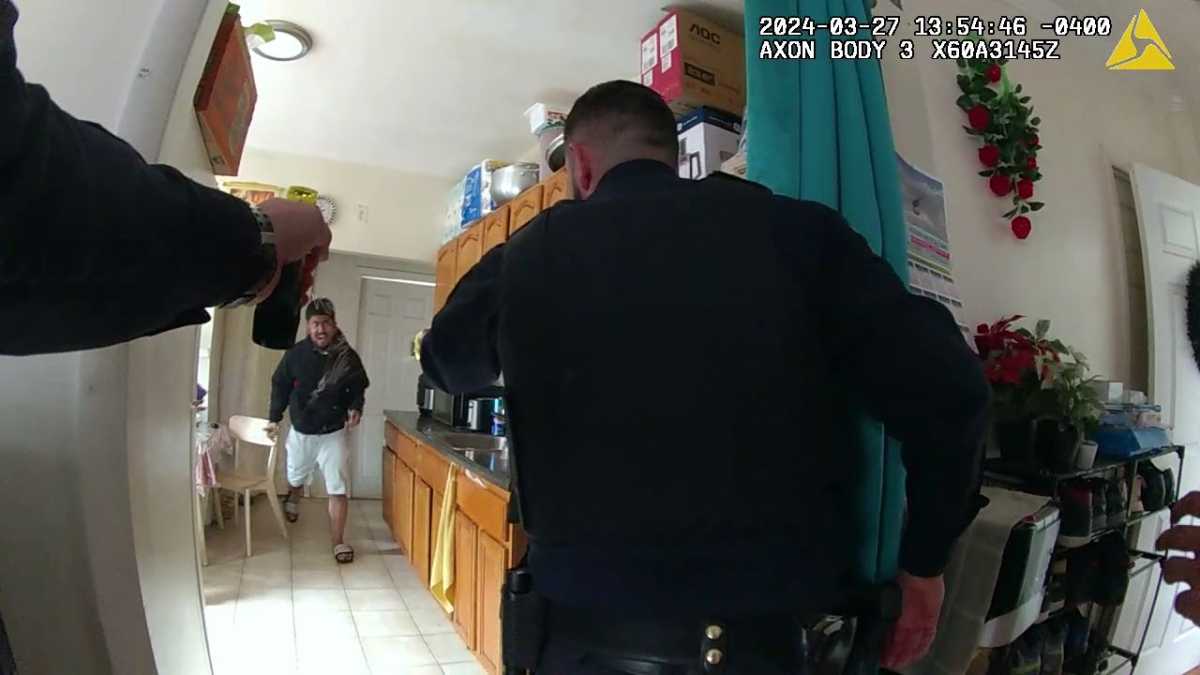QUEENS, NY — Carlos Mendoza opened his postgame media availability after the New York Mets’ 8–2 drubbing of the Colorado Rockies on Saturday by describing Kodai Senga’s outing as “solid.”
Only solid?
“He was outstanding,” Mendoza later clarified when prodded.
After allowing a home run to Ezequiel Tovar, the second hitter of Saturday’s game, Senga retired the next 17 hitters he faced at Citi Field on Saturday afternoon. Across 6.1 innings, he allowed just two hits, two earned runs, and two walks.
Senga attributed his success in Saturday’s win to his ability to throw strikes to get ahead in the count. As the game progressed, he said, he felt that he was able to throw more of his pitches for strikes — 55 of his 92 pitches were strikes — and that the Rockies’ hitters began to hit them earlier in the count, helping him breeze through the middle innings.
Senga’s sixth win of the season further confirmed that he is off to one of the best career starts in franchise history. Through his first 40 career games, Senga has 19 wins, tied with former Mets ace Jacob deGrom for second in team history. Only Dwight Gooden (23) had more wins after the same number of games.
Senga’s 1.60 earned run average in 2025 is third in the majors, and the fifth-lowest through a Mets player’s first 11 starts of a season. He trails only two other pitchers — deGrom and Jerry Koosman, each of whom holds two out of the top four spots on this list.
The two hits he allowed on Saturday were the lowest total he’s given up since Aug. 2023. And Saturday marked Senga’s 28th consecutive start in which he’s given up three runs or fewer — the fourth-longest streak in Mets history. Again, Senga trails only deGrom and Gooden in this category.
So yeah, just solid.
The only component of Senga’s start that could’ve momentarily dropped his manager’s evaluation from outstanding to solid was his difficult seventh inning. Senga walked Tovar, and two batters later, walked Ryan McMahon. Then, he gave up an RBI single to Thairo Estrada, after which Mendoza replaced him with José Butto.
“It happens,” Mendoza said.
In his previous three outings, Senga had thrown at least 100 pitches. Against the Los Angeles Dodgers last Sunday, his pitch count reached the century mark in the sixth inning. After he walked Max Muncy, he was pulled. Against the Boston Red Sox on May 19, Senga was replaced after the sixth inning. On May 13 against the Pittsburgh Pirates, his night was over after he allowed a single to Alexander Canario, and Jared Triolo reached on an error.
When his pitch count rises, Senga said, he can run into trouble. On Saturday, he threw 92 pitches before Mendoza took him out. The Mets used a mound visit just before the Estrada hit.
“Whether it’s fatigue or not,” Senga said. “Just mechanically, I start to come a little bit off. I think I need to spend this time between this next start and rethink, revise and get stronger.”
Interestingly, Senga’s numbers indicate that he often struggles early in games. This season, he’s allowed six earned runs in the first inning, as exemplified by the Tovar home run early on Saturday. In every other inning combined, he’s allowed five.
The home run that Tovar launched to left field came off Senga’s signature pitch, an 82 mph ghost fork that caught the bottom of the strike zone. Senga said later that he left the pitch in Tovar’s wheelhouse and wasn’t surprised that it was a hit. But this didn’t cause him to shy away from using the ghost fork. This pitch repeatedly sent the Rockies down. Of Senga’s seven strikeouts, he finished four by getting hitters to chase his forkball.
Senga’s ability to bounce back from rough starts and settle down into games has given him the runway to show his excellence. He gave up a leadoff home run to Shohei Ohtani in the first inning of his Dodgers start, but didn’t allow another run against one of Major League Baseball’s premier offenses.
But giving up early home runs doesn’t help Senga get into a groove and calm down.
“Ideally, I’d like to get through without giving up any runs,” he said. “But I think it’s just a result of throwing the pitches where I know that they’re going to hit it.”
“I just think his resilience this year has been incredible,” said Brett Baty, who kickstarted the Mets’ offense with a three-run, bases-clearing triple in the first inning that gave Senga all the run support he needed, and in the top of the third made a vital defensive play by charging a Kyle Farmer ground ball and throwing to first base in time to record the out.
“He gave up a homer in the Dodgers start in the first inning,” Baty continued. “And then he gave up a homer today in the first inning, and after that, came back out, started pumping strikes and mowing everybody down.”
Senga was equally commendable of the Mets’ offense, which also included a two-run home run off of Brandon Nimmo’s bat, and solo home runs from Juan Soto — his first long ball since May 9 — and Jeff McNeil.
“They got on him early and gave us a chance to win,” Senga said. “And I wanted to be out there to give us a win.”
And despite his status as one of this season’s best pitchers so far, and the numbers that rank him among the Mets’ greatest pitchers, Senga maintains a mindset focused on constant improvement.
He said he doesn’t look at his stats. There are still over 100 games to play.
“I want to finish my outings on a strong note,” he said. “Unlike today. So we have a lot of work to do.”
For more on Kodai Senga and the Mets, visit AMNY.com
Also Read: https://www.amny.com/sports/knicks-crossroads-post-ecf-6-1-25/





































